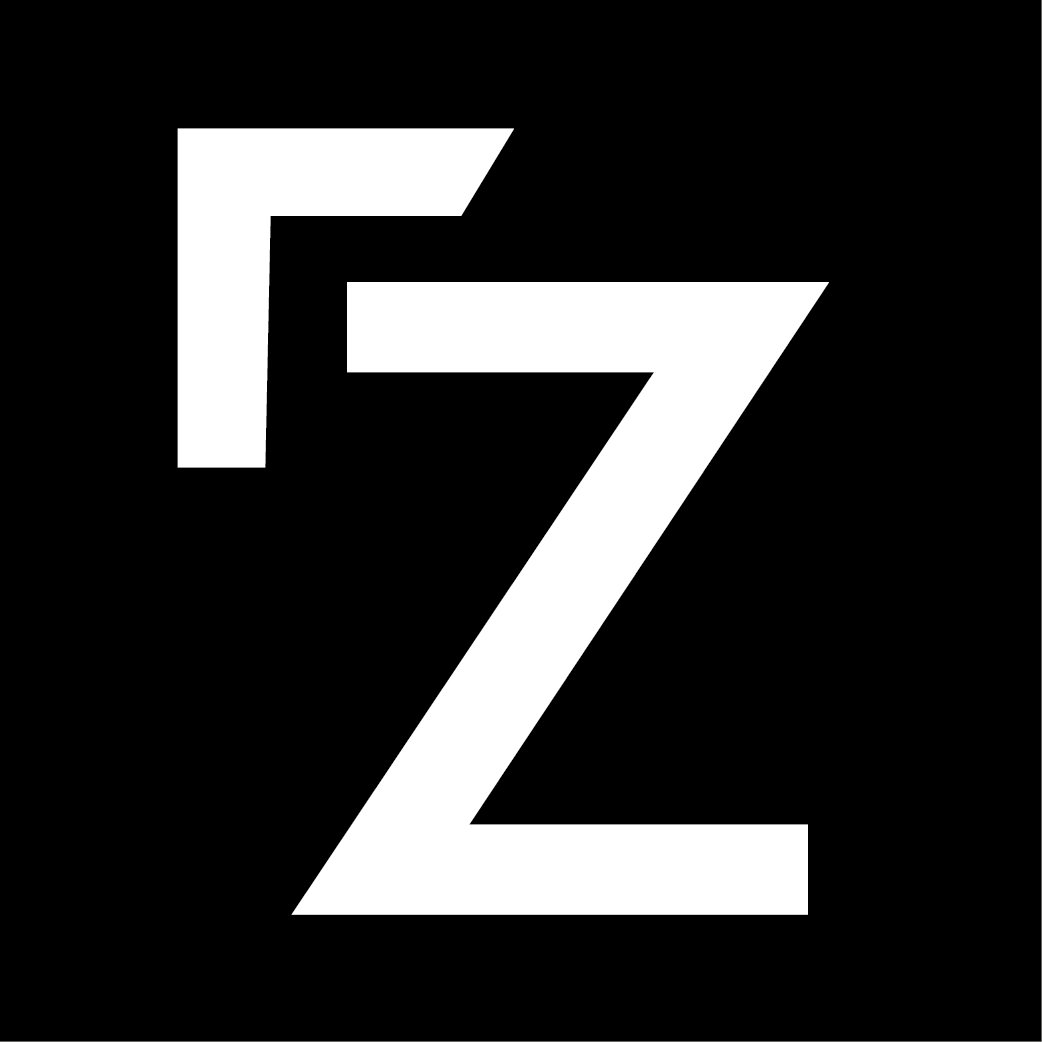The Hybrid Reality
Why On-Site Agencies Are Winning the Middle Ground
We often frame the creative setup as a binary: in-house vs. external. But the best-performing setups in our 2025 In-House Barometer reveal a different truth.
The most effective model isn’t either/or — it’s both-and. And more often than not, it takes shape as a hybrid setup, where external talent is embedded inside the organization. We’re talking about on-site agencies — not just physically present, but deeply integrated in the day-to-day, sitting desk-to-desk with the internal team.
It’s not a trend. It’s becoming the new infrastructure.
A team that knows the brand — but isn't trapped inside it
One of the biggest advantages of in-house teams is brand intimacy. They live it. They feel the culture. They know the unwritten rules.
That’s exactly why 66% of companies now have internal creative or operational roles, and nearly 1 in 5 in-house teams have 30+ full-time creatives. That’s not a department. That’s an agency.
But here’s the challenge: when you're that close to the brand, the risk of creative myopia increases. You get too comfortable. Too aligned. And then… the ideas start feeling safe.
That’s why some of the smartest brands are bringing the outside in. Literally. On-site agencies combine the speed and embeddedness of in-house with the perspective, friction, and creative diversity of an external setup. It’s external thinking, with internal access.
When everyone works in the same Figma file
The magic of the on-site model is not just proximity — it’s alignment. Unlike traditional agency relationships that run through briefing loops, email threads and PowerPoint decks, on-site setups operate in the same Slack channels, share the same dashboards, and yes, often the same Figma files.
This operational intimacy enables:
Faster iterations and approvals
Deeper understanding of internal goals
Creative work that scales without losing nuance
In fact, 75% of in-house teams have already benchmarked themselves against external agencies, and most of them liked what they saw2025 Barometer insights. But even the best in-house models don’t scale endlessly. That’s where on-site partners come in — with the flexibility to grow and the objectivity to challenge.
It’s not a partnership. It’s a shared reality.
Here’s what we’re really seeing in the data: brands are moving from briefing relationships to blended teams. From project-based collaboration to shared responsibility. From competing roadmaps to joint OKRs.
It’s not about replacing external agencies. It’s about reframing how we work together.
Hybrid models - especially on-site agencies - are solving the tension between speed and strategy. Between control and creative ambition. They reduce internal bottlenecks, break siloed thinking, and remove the friction between brand ownership and fresh thinking.
And they do something else: they prevent the in-house team from becoming just a Tier 2/3 production machine.
What the best setups have in common
Across the 1000+ companies we surveyed, the most future-ready teams shared a few things:
They scale intelligently with external help, without sacrificing control
They measure their creative teams on impact, not just volume
They bring in external voices without outsourcing their voice
And they treat creativity as infrastructure, not a project
Whether you call it an on-site agency, a hybrid model, or a creative partner embedded inside your walls… the story is the same:
This is not about choosing sides. It’s about building the model that fits the real world.

